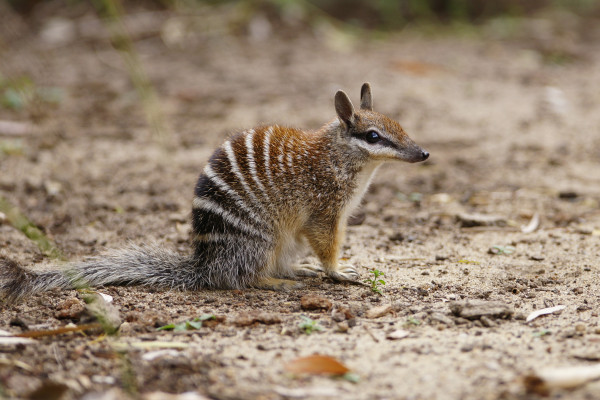Knowing Numbats is exactly what we need to do. They’re Australia’s meerkat—curious, iconic, and on the brink. With so few left, every insight matters. The better we know them, the better we can save them.
Tracy McNamara, CEO
The key to helping a species survive and thrive in the wild—beyond the safety of fences—is understanding what it needs to overcome the challenges it faces, and the actions required to support its recovery. That’s exactly what this project delivers. For many years, FAME has partnered with the Numbat Task Force to support Dr Tony Friend’s research, and Knowing Numbats is a vital continuation of this critical work.













